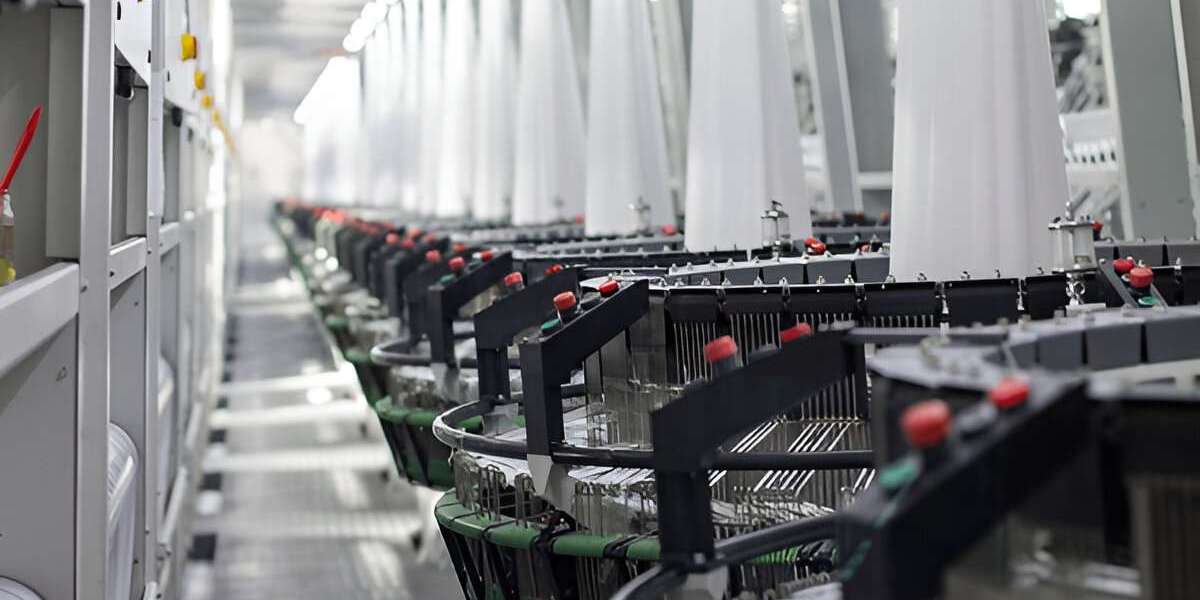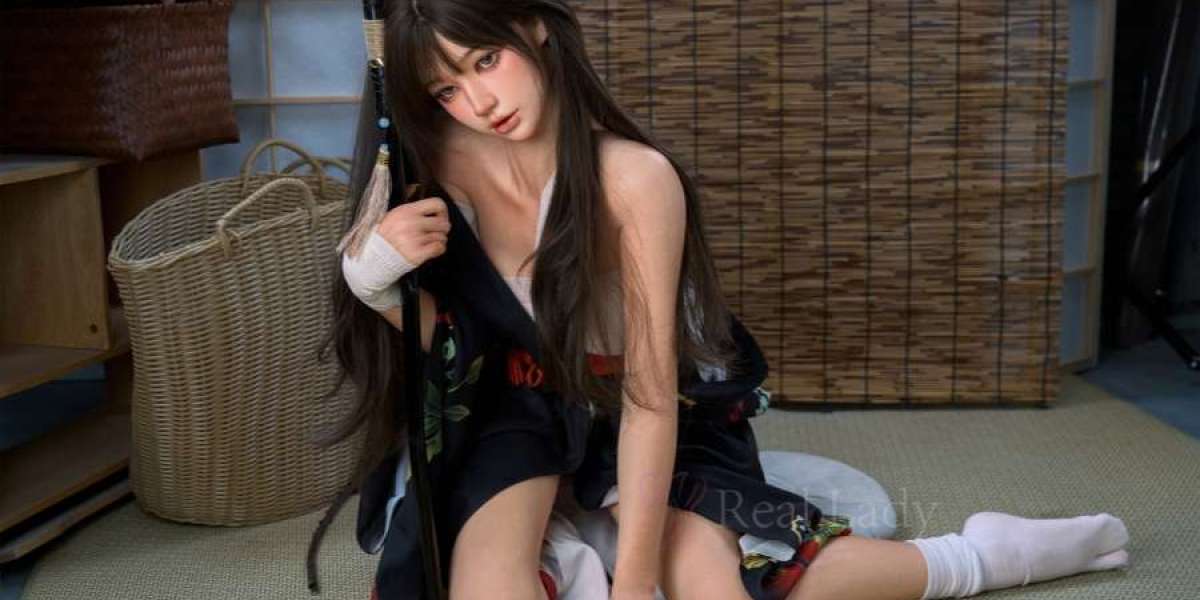In today’s competitive industrial landscape, polypropylene fabric has become the material of choice for packaging, agriculture, construction, geotextiles, and various commercial applications. Its popularity stems from its durability, cost-efficiency, and versatility. But for bulk buyers and procurement professionals, understanding how polypropylene fabric is made is essential to making informed decisions about quality, reliability, and supplier capabilities.
In this blog, we take you through the complete **manufacturing process of polypropylene fabric—from polymer to product—**and address questions like “Is polypropylene safe?” along the way.
What Is Polypropylene Fabric?
Polypropylene (PP) fabric is a thermoplastic polymer-based textile made from propylene monomers. It is known for its exceptional strength, chemical resistance, water resistance, and light weight. Available in both woven and non-woven forms, it is used in everything from cement bags and tarpaulins to silt fences, weed barriers, and lumber wraps.
For bulk buyers in construction, agriculture, and packaging, the key benefits of polypropylene fabric include:
- High tensile strength
- UV resistance (when treated)
- Moisture resistance
- Lightweight and easy handling
- Cost-effective in large volumes
Is Polypropylene Safe?
Before diving into the technical process, let’s address a common concern:
Is polypropylene safe? Yes—polypropylene is considered safe for industrial, commercial, and even some food-related applications. It is:
- Chemically inert and non-toxic
- Resistant to mold, bacteria, and fungi
- Recyclable under certain conditions
- Used in everything from medical supplies to food containers
However, safety also depends on usage. For example, food-grade PP must meet specific regulatory standards. In industrial applications like geotextiles or packaging, the safety lies in its durability, environmental tolerance, and non-reactive nature.
Step-by-Step: The Manufacturing Process of Polypropylene Fabric
Polymerization of Propylene
The journey begins with polymerization, where propylene gas (a by-product of petroleum refining) is processed using a catalyst (typically Ziegler–Natta catalysts) to form polypropylene resin. These resins are thermoplastic pellets that are fed into extrusion systems.
Bulk buyers often evaluate resin quality before selecting a supplier, as this directly influences the final fabric’s durability and appearance.
Extrusion and Film Formation
In this stage, polypropylene resin pellets are melted and extruded into thin flat sheets or filaments. This is done using:
- Flat Film Extrusion for woven fabric production
- Spunbond or Meltblown Extrusion for non-woven applications
The molten polymer is cooled rapidly and stretched to improve strength and consistency. This process ensures that the fabric can handle significant load-bearing applications, such as sacks and industrial covers.
Slitting and Drawing
Once the flat film is formed, it is slit into tapes or threads of precise width. These tapes undergo a drawing process, where they are stretched to align polymer molecules and improve tensile strength and flexibility.
At this point, the physical properties of the fabric—like durability, stretch resistance, and elongation—are engineered to suit various industry-specific applications.
Weaving or Bonding
The next step depends on the type of polypropylene fabric being produced:
- Woven Polypropylene Fabric:
The drawn tapes are woven together using circular or flat looms to create a strong mesh-like fabric. This fabric is then wound into rolls for coating or direct conversion. - Non-Woven Polypropylene Fabric:
In this variant, the fibers are bonded using heat, chemical, or mechanical processes. Spunbond and meltblown non-woven fabrics are widely used in medical disposables, protective covers, and filtration systems.
For bulk buyers, the weave density, GSM (grams per square meter), and lamination quality are critical selection criteria.
Lamination or Coating (Optional)
Depending on the end use, the fabric may undergo lamination or coating.
- Laminated woven fabric is coated with a thin PP film to enhance moisture resistance, UV stability, and printability.
- Non-laminated fabric remains breathable and suitable for agricultural use like crop covers and weed barriers.
Laminated polypropylene fabric is especially favored in packaging, sandbags, and construction covers, where waterproofing is essential.
Printing (If Required)
Using flexographic or rotogravure printing, company logos, handling instructions, and branding elements are added.
This step is crucial for bulk buyers in retail, agriculture, and logistics where brand identity, compliance, and traceability are priorities.
Fabric Conversion and Finishing
The final fabric rolls can be converted into:
- Sacks and bags (BOPP, cement bags, feed sacks)
- Weed barrier and ground cover rolls
- Construction and lumber wraps
- Industrial covers and tarps
- Geotextile rolls for erosion control
Finishing may include:
- Heat-cutting or ultrasonic cutting for sealed edges
- Stitching, gusseting, and folding
- UV treatment for outdoor applications
For bulk orders, custom sizing, packaging, and palletized delivery help streamline inventory and logistics.
Key Quality Checks During Manufacturing
Reliable manufacturers incorporate strict quality control at every stage, including:
- Tensile strength testing
- Water permeability and UV resistance
- GSM and thickness consistency
- Edge tear and seam strength
- Print clarity and adhesion
Bulk buyers should always request technical data sheets (TDS), compliance certificates, and sample testing before placing large orders.
Choosing the Right Polypropylene Fabric for Your Industry
Here’s how polypropylene fabric caters to various industries:
Industry | Fabric Type | Common Uses |
Packaging | Woven laminated | FIBC bags, cement sacks, rice bags |
Agriculture | Non-woven / Woven | Ground covers, crop protection, weed barrier |
Construction | Woven coated | Scaffolding wrap, silt fence, lumber wrap |
Retail | Laminated woven | Shopping bags, branded promotional bags |
Geotextiles | High GSM woven | Erosion control, roadbed stabilization |
Understanding the complete manufacturing process of polypropylene fabric helps you make smarter, more informed decisions as a bulk buyer. From the polymerization of propylene to the final product conversion, every step affects the quality, strength, and suitability of the fabric for your application.
And yes—polypropylene is safe, widely accepted across industries for its non-toxic, durable, and recyclable properties.
Looking for a trusted polypropylene fabric supplier for your bulk orders?
At Anita Plastics, we specialize in delivering high-quality woven and non-woven polypropylene fabric tailored to meet the unique needs of industrial, commercial, and agricultural buyers. Get in touch for quotes, samples, and technical support.



